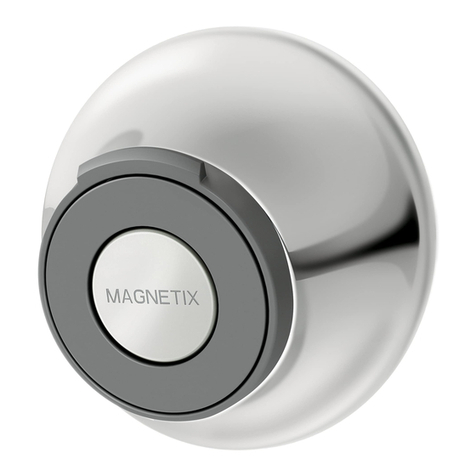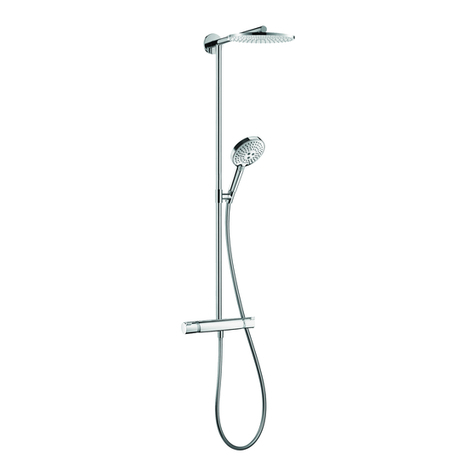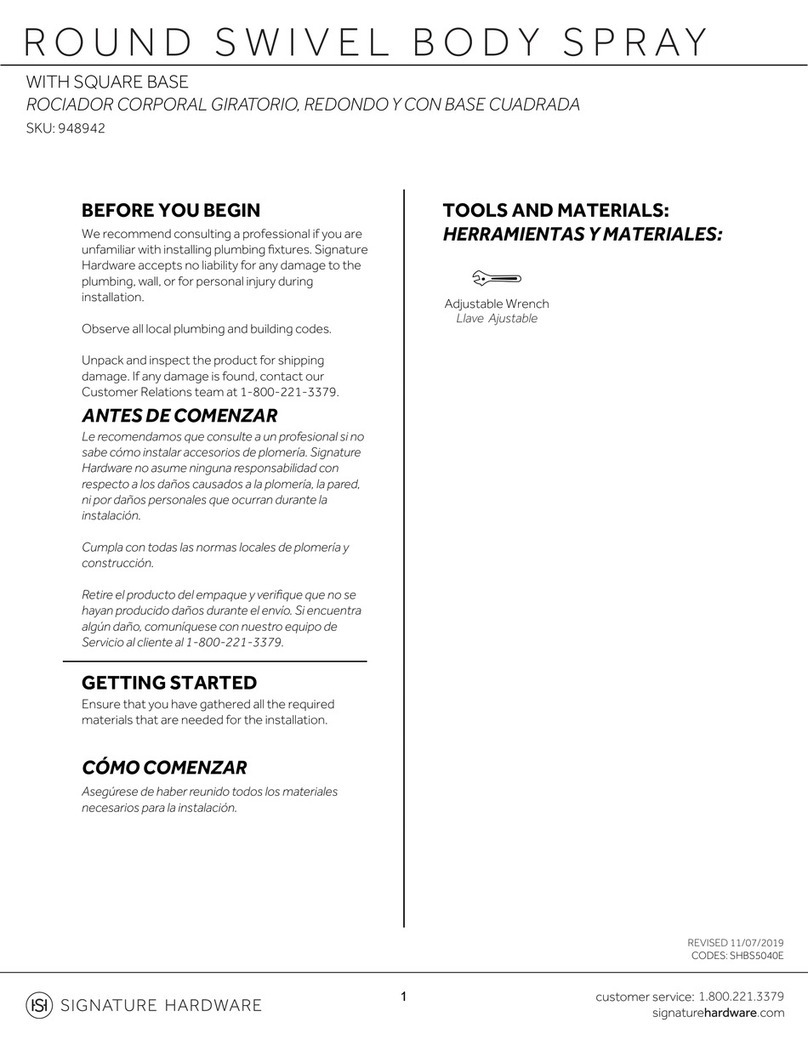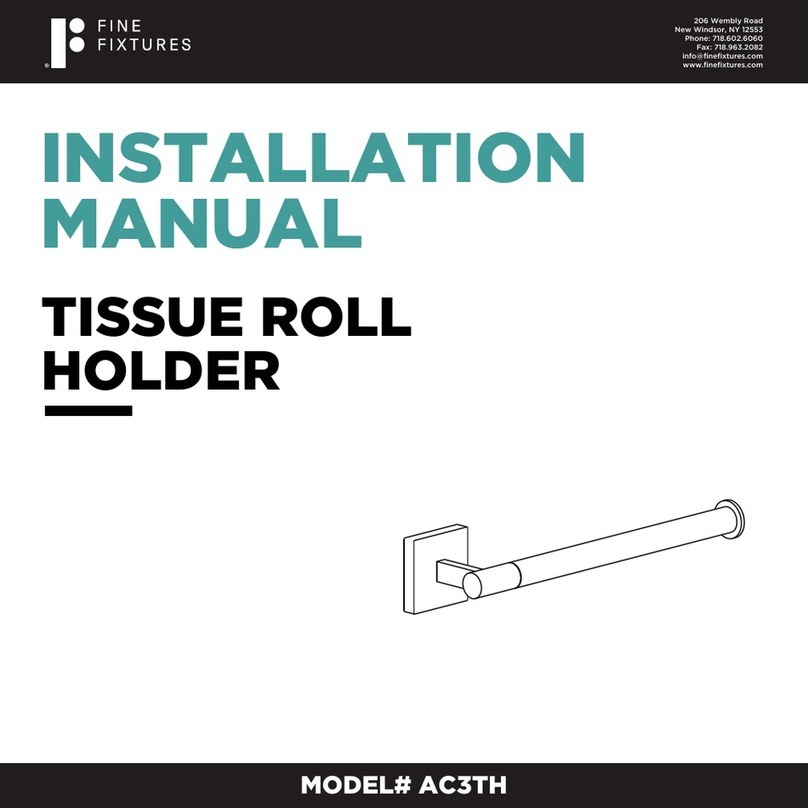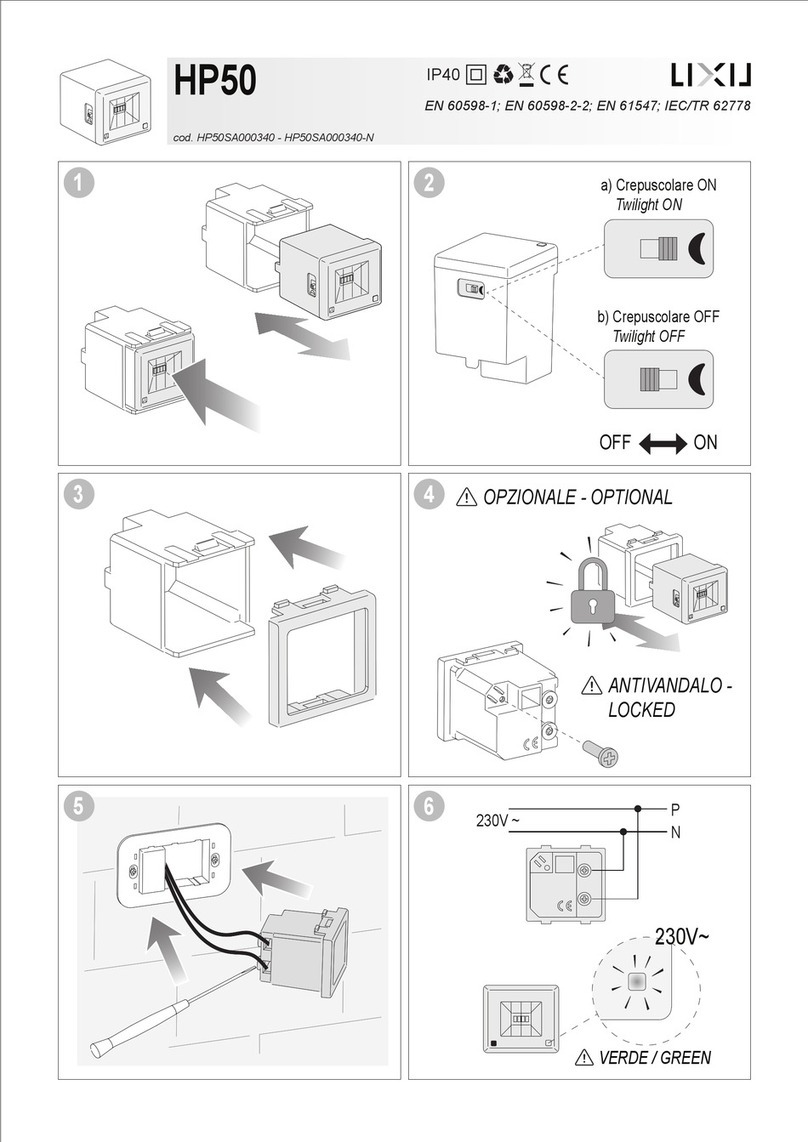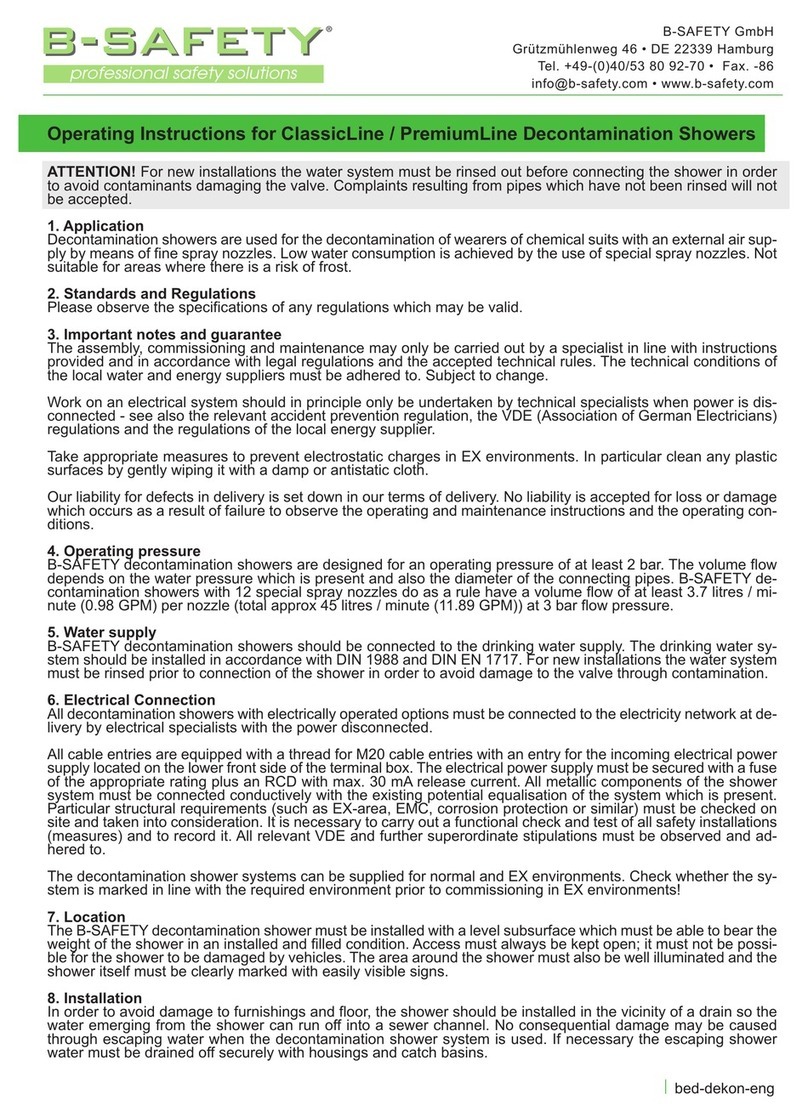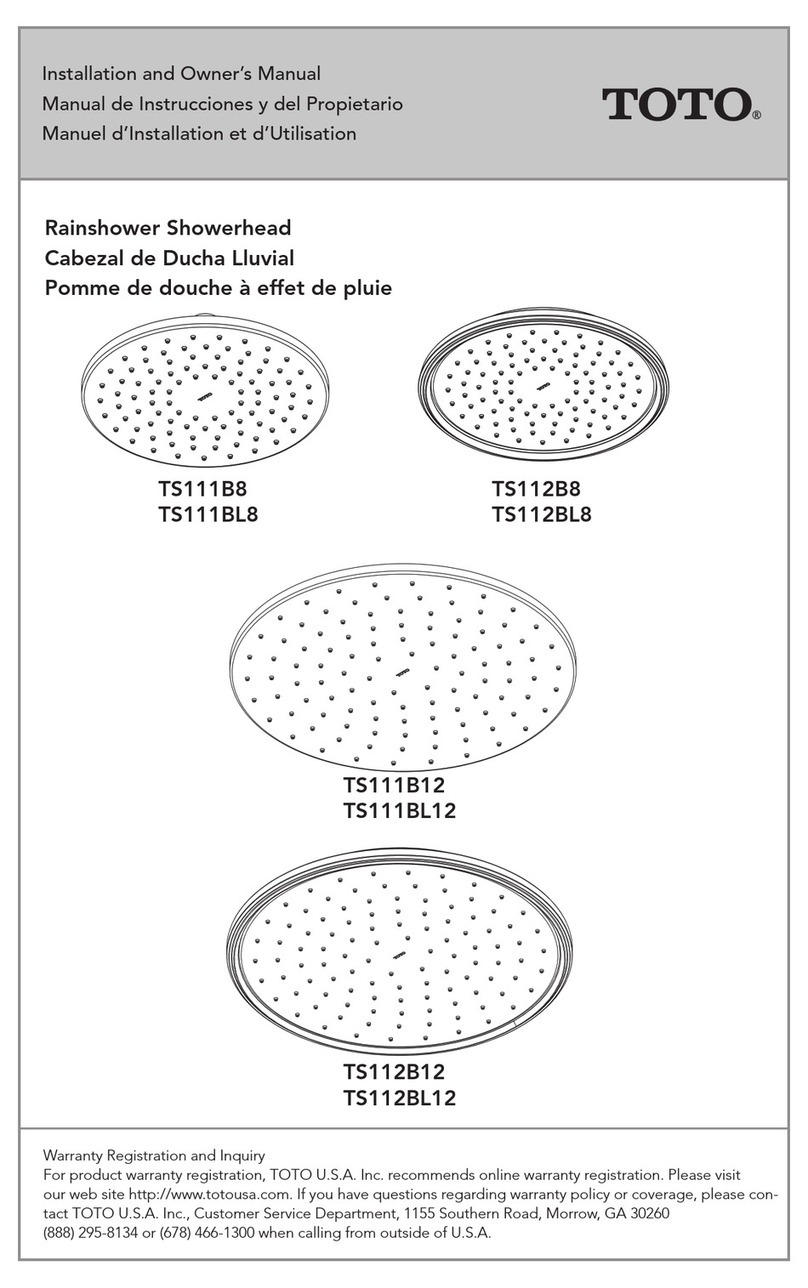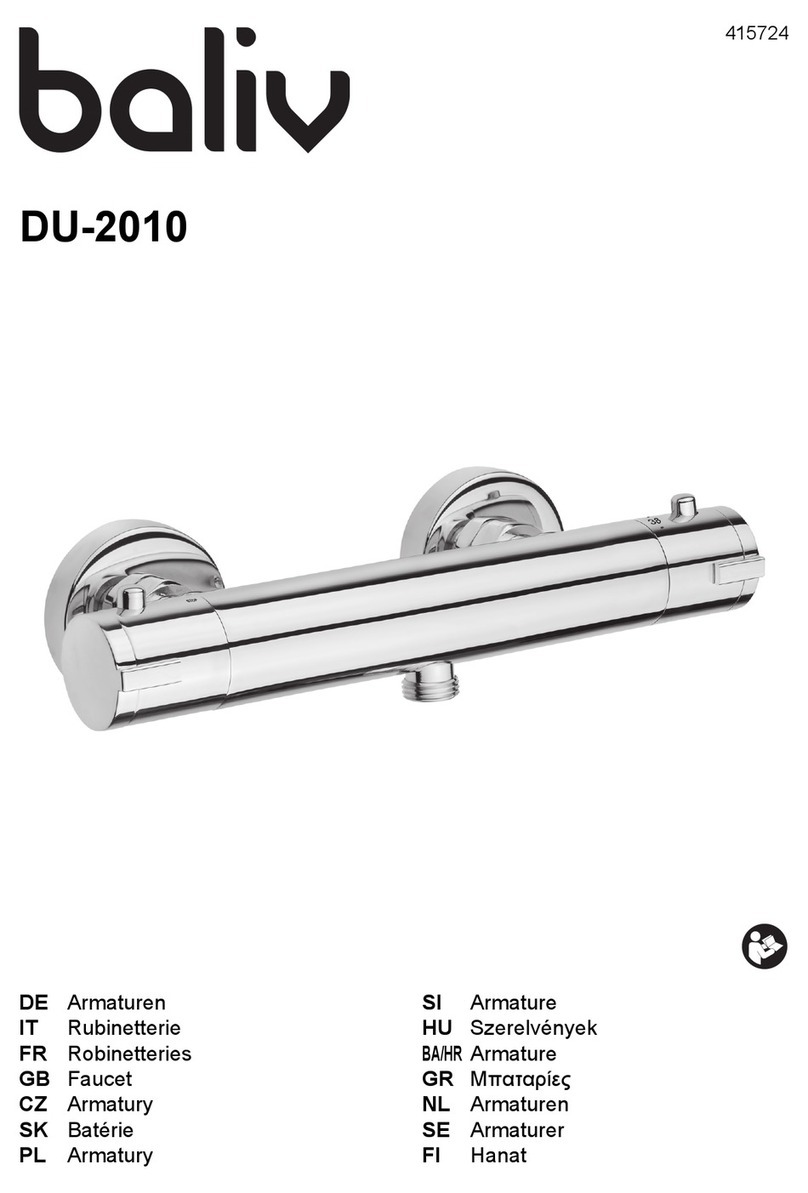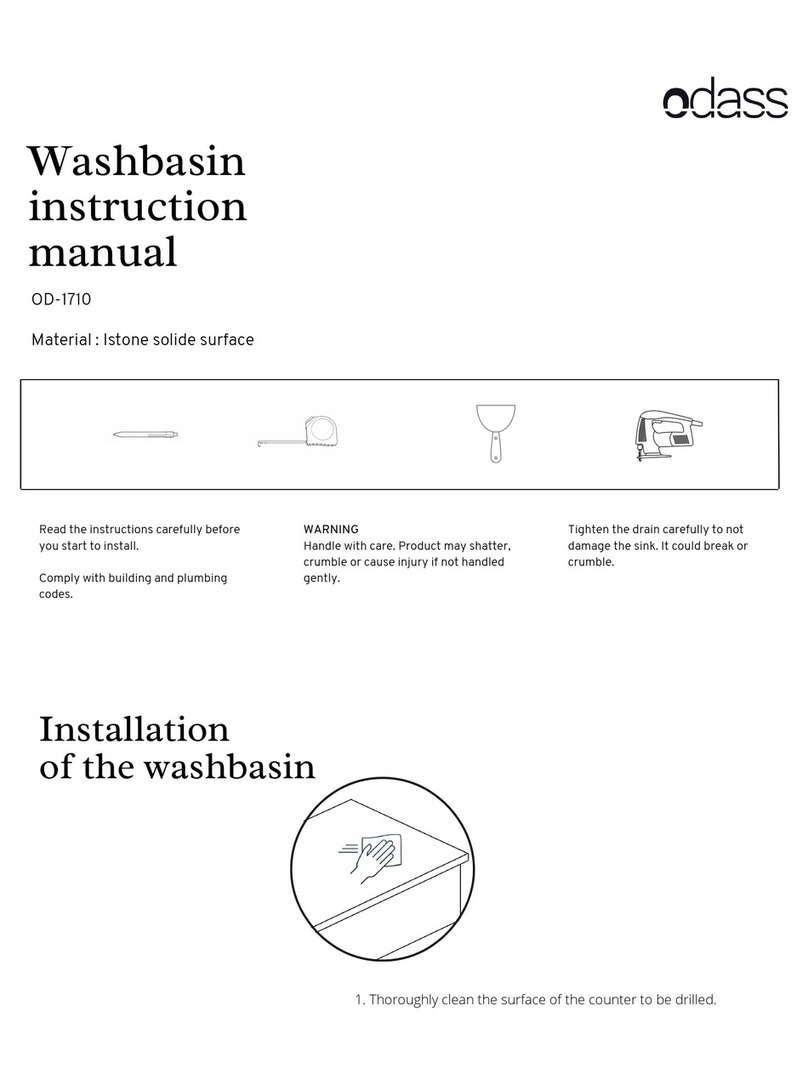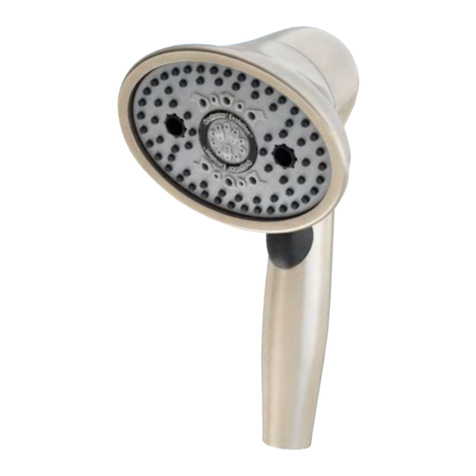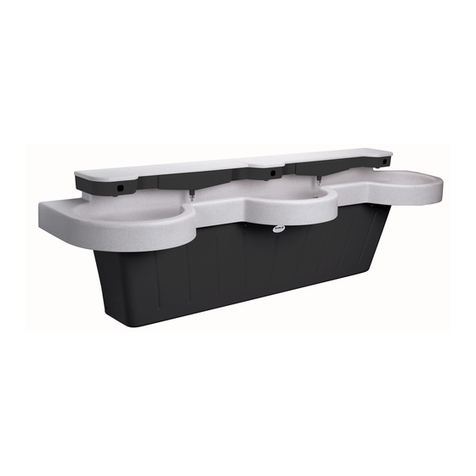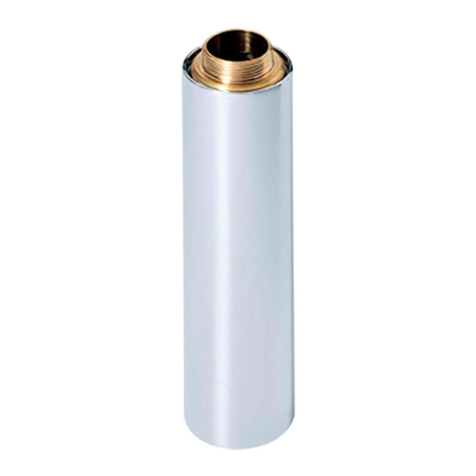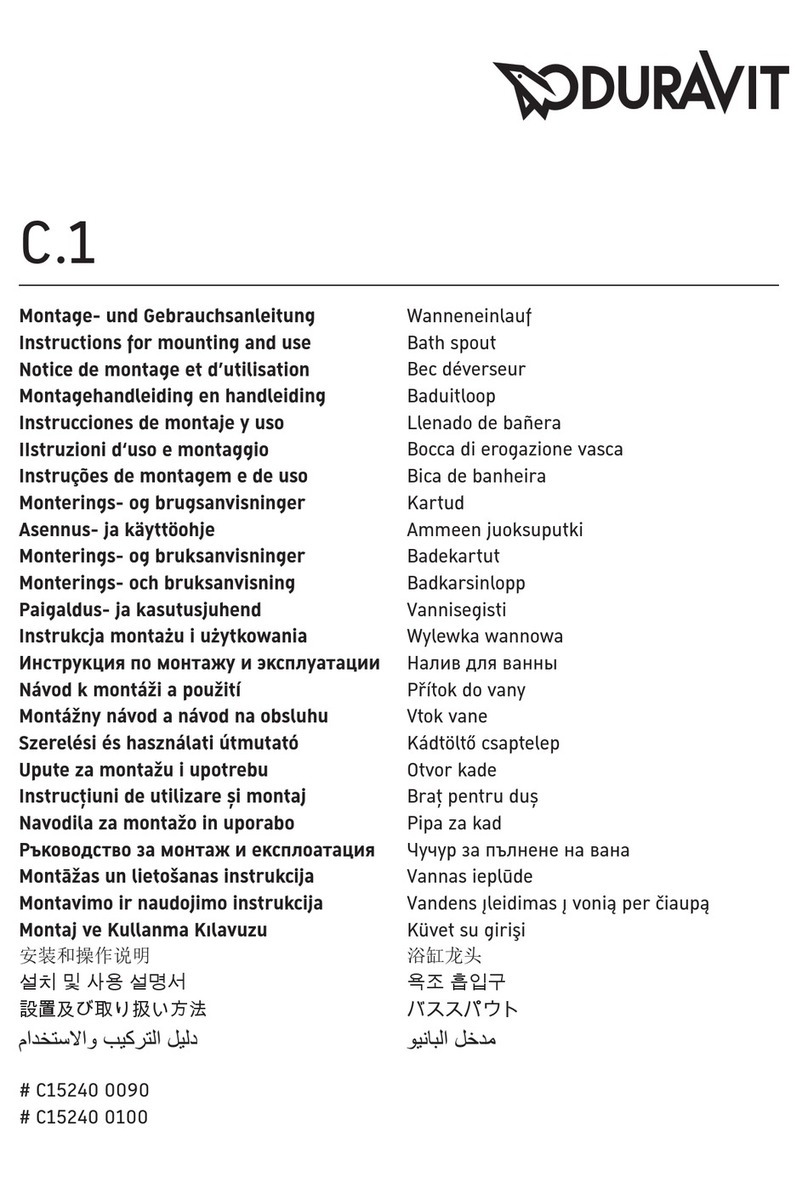Particular structural requirements (such as EX-area, EMC, corrosion protection or similar) must be checked on
site and taken into consideration. It is necessary to carry out a functional check and test of all safety installations
(measures) and to record it. All relevant VDE and further superordinate stipulations must be observed and ad-
hered to.
The safety shower systems can be supplied for normal and EX environments. Check whether the system is mar-
ked in line with the required environment prior to commissioning in EX environments!
7. Loc tion nd inst ll tion height
The B-SAFETY eye shower must be installed as close as possible to the hazardous workplace. Access must al-
ways be unobstructed; there must be at least 15 cm (5.91 inch) of free space around the eye shower. The area
around the shower must also be well illuminated and the shower itself must be clearly marked with easily visible
signs.
B-SAFETY - Tip!
Select a location which can be easily reached from the hazardous areas. The person who is injured must be able
to reach the shower within a maximum of 10 seconds; therefore installation should occur within a maximum range
of 10 metres to the workplace. We recommend a maximum distance of 3 to 5 metres if highly corrosive sub-
stances are being used.
In accordance with DIN EN 15154-2:2006 the upper edge of the spray head(s) must be installed at a height of
100 +/- 20 cm above the floor; in accordance with ANSI Z358.1-2009 at a height between 83.8 cm (33 inch) and
114.3 cm (45 inch) above the floor.
8. Inst ll tion
In order to avoid damage to furnishings and floor, the shower should be installed in the vicinity of a drain so the
water emerging from the shower can run off into a sewer channel. No consequential damage may be caused
through escaping water when the safety shower system is used. If necessary the escaping shower water must
be drained off securely with housings and catch basins.
B-SAFETY - Tip!
We recommend the additional installation of a maintenance ball valve in the eye shower inlet to simplify the car-
rying out of maintenance work.
8.1 Hand-held eye showers and eye showers, table mounted
Install using the table mounting accessories M28x80mm. A drill hole of 30 mm (1.18 inch) diameter should be
made in the table top at a suitable point. The table mounting accessories is attached through the plastic rosette
and counter nut underneath the table top.
8.2 Hand-held eye showers and eye showers, wall mounted
Install using the wall flange provided or the corresponding bracket. The wall flange or bracket must be fitted on
a level surface (wall) with a suitable attachment system. The attachment technique which is required can be esta-
blished by the installer on site depending on the design.
8.3 Hand-held eye showers with combined bracket, wall/table mounted
Install using the combined wall and table bracket. When using the combined bracket as a wall bracket the brass
tube must be unscrewed - please use a suitable tool for this purpose! The wall bracket must be fitted to a level
surface (wall) with an attachment system to be established on site. Observe the notes from 8.1 when using as a
table bracket.
8.4 Eye/face wash units, wall mounted
Remove the base of the eye shower. Drill pre-marked holes and align the eye shower at the place of installation
and mark attachment holes. The attachment technique which is required can be established by the installer on
site depending on the design.
8.5 Freestanding eye showers
Freestanding eye showers must be bolted securely to the subsurface by means of attachment lugs. The attach-
ment technique which is required can be established by the installer on site depending on the foundation.
8.6 Eye showers with foot lever actuation or platform actuation
Platform activations must be bolted securely to the subsurface. The pedal activation is either bolted to the lug pro-
vided on the ground plate or bolted securely to the subsurface. The attachment technique which is required can
be established by the installer on site depending on the foundation and the design.
The trigger rope is cut to length in factory. On site it must be ensured that the trigger rope opens the valve fully
under maximum load of the platform / pedal but still has some play. If this play is not present the rope must be
extended correspondingly as there may otherwise be damage to the shower valve. When the return spring is fit-
ted on site it must be ensured that the spring holds the platform / pedal at the correct height and that there is no
load on the trigger rope to the valve.
B-SAFETY mbH
rützmühlenweg 46 • DE 22339 Hamburg
Tel. +49-(0)40/53 80 92-70 • Fax. -86
info@b-safety.com • www.b-safety.com

